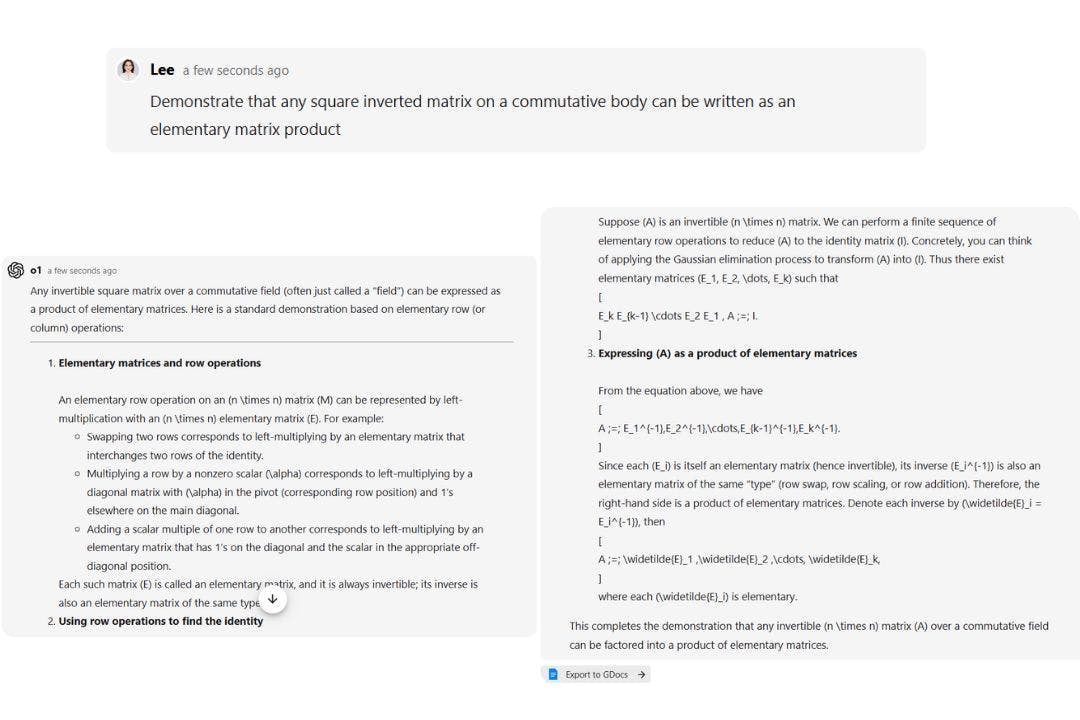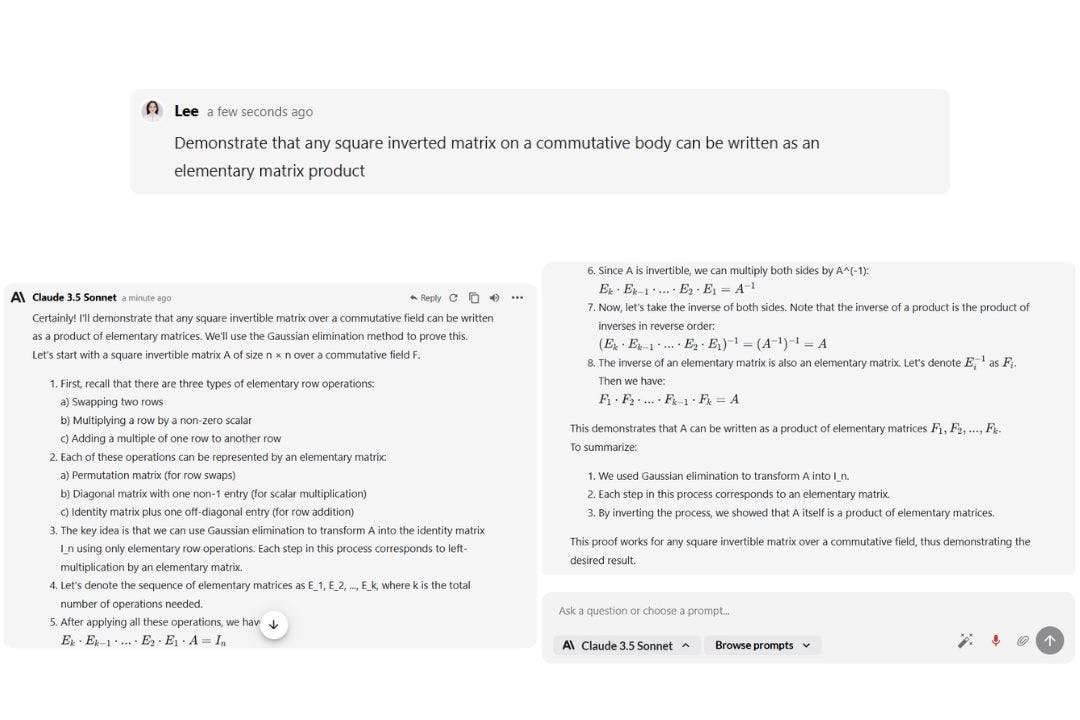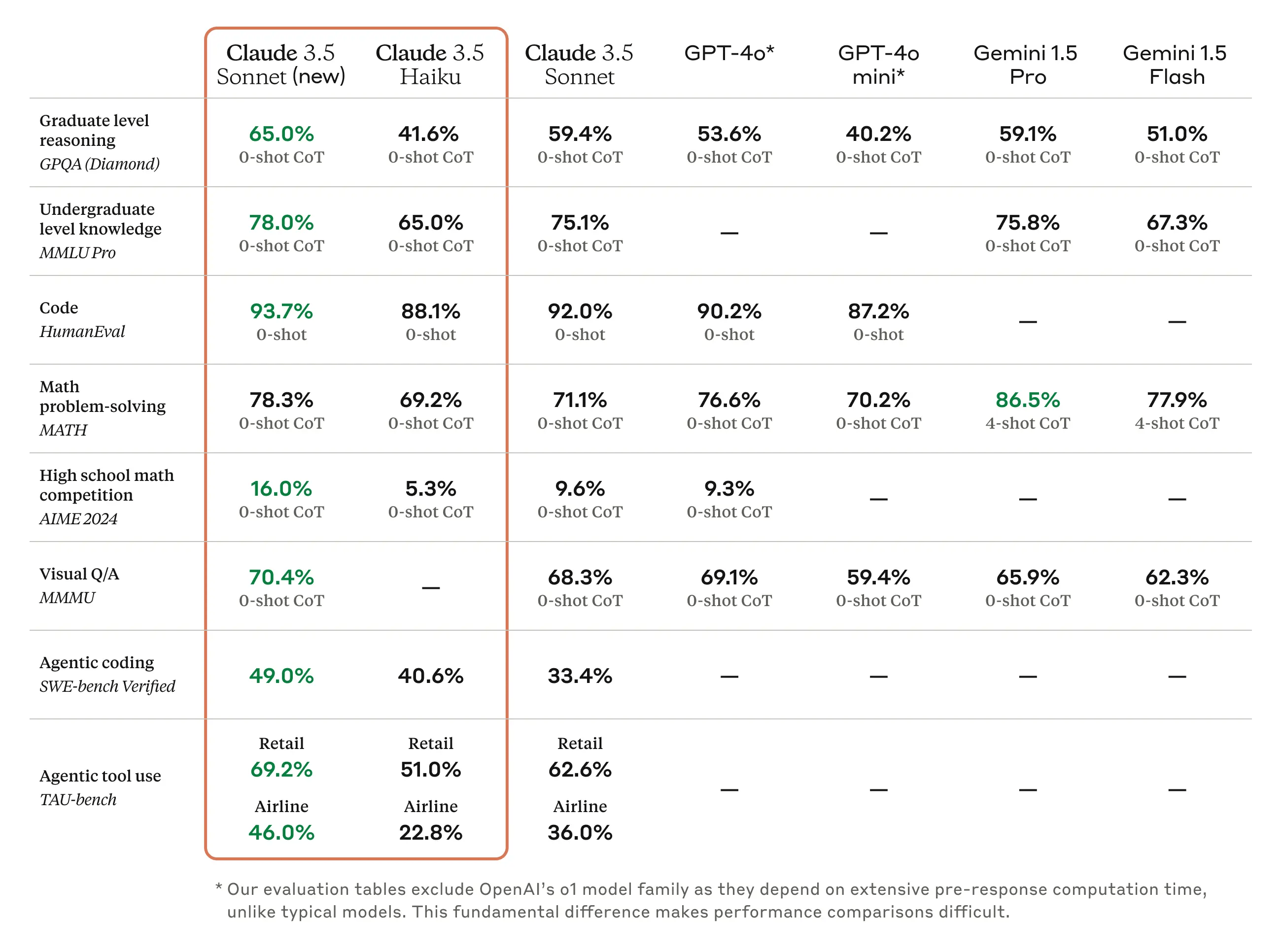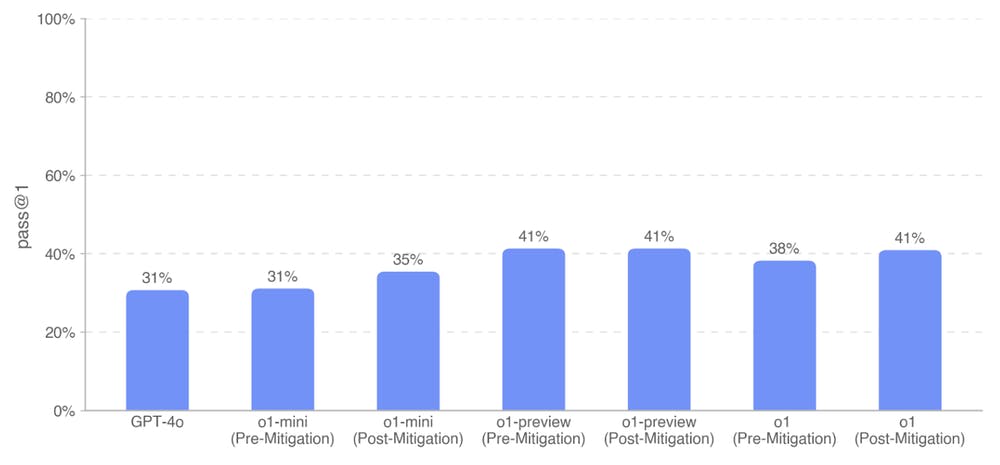Table of contents :
O1 vs. Claude 3.5 Sonnet: which AI really fits your project best?
In 2025, the world of Artificial Intelligence (AI) is marked by fierce competition among several major models. Two of them stand out: O1 from OpenAI and Claude 3.5 Sonnet, developed by Anthropic. At first glance, both systems seem to offer comparable features for text generation, reasoning, or programming. However, a closer look reveals that each has its own specific strengths and limitations.
In this comprehensive guide—integrated into the Swiftask AI aggregator—we'll provide an in-depth review of these two AIs to help you make an informed decision. We'll cover technical aspects like context windows, math and programming performance, and more marketing-oriented considerations for your content creation needs.
Context: why compare O1 and Claude 3.5 Sonnet?
AI models are rapidly multiplying and now cover a wide range of use cases:
- Writing emails, blog posts, and sales pages
- Creating promotional video scripts and ad content
- Generating code and providing programming assistance
- Analyzing data and supporting scientific research
Among all these models, O1 from OpenAI (often linked to the ChatGPT family) and Claude 3.5 Sonnet from Anthropic stand out for their ability to produce coherent, persuasive text. Each boasts competitive advantages that deserve a closer look.
A rapidly changing AI landscape
For the past few years, OpenAI has taken a leading position in developing generative AI models. Their offerings—exemplified by GPT-3.5 and GPT-4—have expanded to include O1, a model even more focused on advanced reasoning. Meanwhile, Anthropic made waves by launching Claude, known for its speed and extended context window. With Claude 3.5 Sonnet, Anthropic has reached a new milestone, offering up to 200k tokens of context.
The year 2025 is pivotal: organizations are seeking to automate many of their processes, whether it's writing, statistical analysis, or marketing content creation. Choosing a model that is high-performing, reliable, and cost-effective is more critical than ever.
Key differences between O1 and Claude 3.5 Sonnet
To understand what truly sets these two AIs apart, it's important to review their technical characteristics and functional distinctions.

2.1 Context window and response speed
O1 (OpenAI)
- Context window: ~128k tokens
- Response time: Slower but more deliberative
- Advanced reasoning for complex prompts
Claude 3.5 Sonnet (Anthropic)
- Context window: ~200k tokens
- Significantly faster response times
- Higher efficiency for large-scale data handling
The context window indicates how much information an AI can "read" or "retain" before generating an answer. For synthesizing lengthy documents or sustaining long conversations, Claude 3.5 Sonnet proves more robust. However, O1 compensates for its slightly smaller window with a latency that allows deeper reasoning.
Comparing performance
Math and Reasoning
O1 (OpenAI)
- Strength: Excellent capabilities for solving complex mathematical problems
- High-level logical reasoning, making it suitable for scientific projects or advanced prototyping
- Programming competitive performance at the 89th percentile, indicating strong depth of reasoning

Claude 3.5 Sonnet (Anthropic)
- Strong on standard logic and calculation tasks but slightly weaker on highly complex math challenges
- Built for minimal response time, which can sometimes limit the depth of reasoning

Coding
Claude 3.5 Sonnet
- Score: 49% on SWE-bench (a programming benchmark)
- Rapid code generation, ideal for everyday tasks

O1
- Score: 41% on SWE-bench
- Slower in generating raw code but excels at solving specialized or complex algorithmic problems

These stats show that Claude 3.5 Sonnet is better for "ready-to-use" code generation, while O1 shines when deep thinking and specialized solutions are required.
Writing style and formatting analysis
Beyond raw performance, writing style and answer structure matter greatly if you need to create marketing or editorial content.
Writing style
O1
- More verbose style, sometimes producing lengthier text blocks
- Can seem less "human" unless you apply advanced prompt engineering
- Excellent for technical content (tables, calculations, scientific texts)
Claude 3.5 Sonnet
- More engaging style, great for copywriting and persuasive text
- Pragmatic details that enhance readability (automatic insertion of lists, headings, CTAs)
- Often speaks directly to the reader, boosting conversion for marketing campaigns
Structure and layout
O1
- Capable of producing long, structured responses, though you might need to rework the format
- Ideal for detailed analyses, reports, or data organization
Claude 3.5 Sonnet
- Generates more concise outputs, with attention to spacing (short paragraphs, headings, subheadings)
- Sometimes produces "ready-to-publish" material with minimal editing
Speed and responsiveness
O1
- Potentially slower, especially with large or complex prompts
- Able to deliver in-depth analyses, including benchmarks and tables
Claude 3.5 Sonnet
- Very fast for generating highly usable answers
- Offers the possibility to request clarifications or adjustments before finalizing content
Specific use cases
Beyond high-level stats, the choice of AI should align with specific project and business requirements.
When to choose O1
Complex mathematical problem-solving
If you face complicated equations or advanced financial calculations, O1 is especially robust.
Deep reasoning
Ideal for scientific research or projects requiring a nuanced, intelligent analysis.
Projects demanding strong contextual Understanding
Great for cross-referencing multiple variables, using complex correlations, or performing advanced AI prototyping.
When to choose Claude 3.5 Sonnet
Fast code generation
Perfect for daily development tasks or standard coding, Claude 3.5 Sonnet saves time.
Marketing or commercial writing
For sales pages, promotional emails, ad copy: Claude 3.5 Sonnet excels with its more natural and persuasive style.
High-volume data processing
Its larger context window (up to 500k tokens in the Enterprise version) is ideal for handling or summarizing multiple sources quickly.
Cost analysis and value for money
Budget often plays a decisive role in any project.
O1
- Higher price (up to four times more expensive than Claude 3.5 Sonnet, according to some estimates)
- Suitable for complex, occasional projects where analytical depth outweighs cost concerns
Claude 3.5 Sonnet
- Offers better value for money, about four times cheaper than O1
- No strict message limit in most common pricing tiers
- Ideal for frequent or ongoing use, especially if you need continuous content generation
Industry impact
The emergence of O1 and Claude 3.5 Sonnet has changed how many sectors approach their AI requirements:
- Software Development: coding assistance, turnkey prototyping, error detection, CI/CD workflow improvement
- Data Analysis: automated large-scale data processing, report generation, extraction of relevant insights
- Scientific Research: hypothesis formulation, complex calculations, documenting results
- Education: learning support, quiz generation, automatic corrections
- Marketing and Communication: writing email campaigns, sales pages, ads, and social media posts
Their versatility and power make these two models strategic tools for any organization looking to cut costs, save time, or enhance technical expertise.
How to optimize your choice based on your needs
Define your priorities
- Do you need an AI to streamline everyday writing tasks (blog posts, newsletters, marketing emails)?
- Are you looking for a model capable of deep research or advanced technical analysis (e.g., complex mathematical developments)?
Conduct a test
- Draft a sample prompt—it could be a blog article, a code snippet, or a sales page.
- Compare each AI's output: fluidity, relevance, token usage, overall cost.
Consider a hybrid approach
Many companies use both AIs simultaneously:
- O1 for research, detailed analysis, and initial data structuring
- Claude 3.5 Sonnet for formatting, copywriting, and marketing variations
This allows organizations to leverage each model's strengths depending on the complexity, volume, and nature of the content.
Which AI to choose?
The duel between O1 and Claude 3.5 Sonnet reflects two distinct AI visions: one focused on methodical reasoning power, the other on speed and clarity of expression. Your decision should therefore hinge on the task you want to automate and the return on investment you expect.
If you need precision and deep analytical capabilities, O1 is a solid ally. From scientific projects and complex financial calculations to advanced data exploration, it offers thorough, detailed reasoning.
If your main priority is marketing impact and productivity, Claude 3.5 Sonnet is your best bet, thanks to its more human-like style and excellent value for money. Its extended context window quickly handles large volumes of information, and its responses are often immediately usable.
For many businesses, combining the strengths of both AIs can be a smart solution—using O1 for deep thinking and Claude 3.5 Sonnet for fast code generation, copywriting, and everyday content management.
Either way, the AI ecosystem is continuously evolving. Potential major updates from OpenAI or Anthropic could shift the landscape in the coming months. Stay tuned to the latest innovations to maximize these models' capabilities and maintain a competitive edge in your industry.
author
OSNI

Published
January 15, 2025